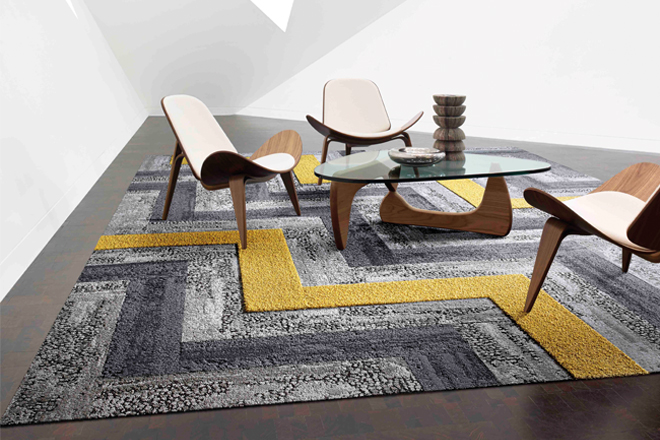Oliver Heath, Biophilic Design Ambassador for global modular flooring manufacturer, Interface Hospitality, discusses the idea of using elements of the natural world to influence hospitality design.
For any hospitality venue, creating rejuvenating spaces that calm, relax and inspire visitors is of vital importance. With an increased focus in the industry on mindfulness in the moment, a leisure setting must create a sensory experience for a visitor as soon as they walk through the door, offering a new state of mind and the opportunity to escape everyday life – both physically and mentally.
The design of a space plays an essential role in creating this lasting first impression, and increasingly, hospitality settings are using colours, materials and tactile textures found in the natural world to inspire interior decor.
This biophilic design concept, as it is more commonly known, states that humans are innately linked to the natural world, and research proves there are real benefits that can be achieved by restoring this connection by bringing the outdoors in.
Those in the hotel industry are already aware that nature can add real value to customers. Where there is a choice between scenic room views over an open garden space, or a busy urban road, guests will choose the former, and in return, hotels can charge more for this luxury. The Scarlett Hotel in Cornwall is a great example of a hotel that has incorporated biophilic features to create an improved sense of well-being for staff – with natural reed pools, sheltered gardens and sea views.
However, where views onto nature aren’t possible, there are simple ways hospitality environments can incorporate natural elements. Sunlight is the most fundamental aspect of the natural world, and maximising this can give the impression of a larger space while also helping guests feel closer to the outdoors.
Alongside this, introducing greenery through real or artificial potted plants is a simple technique that looks aesthetically pleasing, while improving the air we breathe by boosting oxygen and removing toxins.
Nature offers an endless range of landscapes, for example open grassy fields, pebbled paths; and dense forests. Using a variety of materials that mimic these spaces can also help guests reconnect, while creating a stimulating sensory experience.
The use of wood, for example, can be used to create a warm, inviting atmosphere for a sitting area, giving the impression of a cosy log cabin, while stone can highlight a change in scenario to a more relaxed space for rejuvenation and escape.
Flooring can also be used as a foundation for biophilic design, helping to dissolve the division between indoor and outdoor spaces. Interface’s Human Nature, Urban Retreat and Net Effect collections all take inspiration from, and evoke the natural world. For example, the Net Effect Skinny Planks explore the visual moment the ocean foams into the shore, capturing the fluidity and colour palette of water, and mimicking its movement.
As with any natural landscape, no two formations are the same and transitions are varied, so true biophilic design will reflect the randomness in pattern.
All different leisure environments can use nature as inspiration for design, and reap the benefits. Whether a space needs to inspire visitors, stimulate the senses or offer the freedom to relax and unwind, key elements of biophilic design can be built upon.



